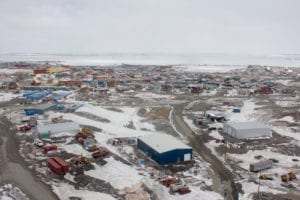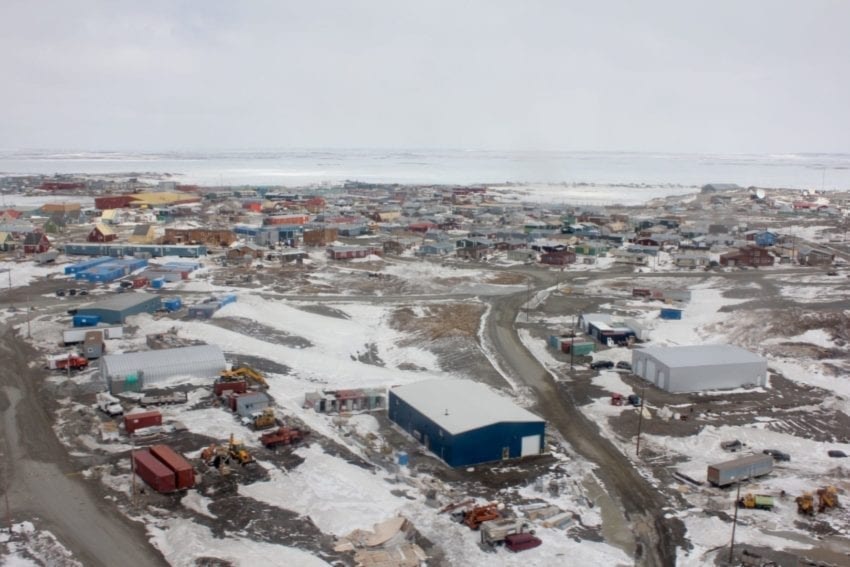Equipment failure led to a propylene glycol leak of 15,000-20,000 litres, which was discovered on Nov. 3, according to the Qulliq Energy Corporation.

NNSL file photo
The source of the leak was the district heating system, in the section of buried pipeline connected to the health centre. Workers subsequently isolated and emptied the pipeline in that area.
“There’s no evidence of propylene glycol moving through the ground or reaching the surface,” according to a QEC news release issued Friday. “At this time of year, the DHS pipeline is frozen underground making inspection difficult. QEC has determined that the best option is to wait until spring, when conditions allow for a full assessment, to determine any impact.”
Propylene glycol is a clear, odourless, tasteless liquid that readily dissolves in water. QEC described it as “relatively non-toxic to humans and wildlife.” It is routinely used as a de-icing fluid at airports, to prevent ice formation on critical surfaces before take-off. Propylene glycol is used in QEC’s District Heating System because of its ability to transfer large amounts of heat, according to the power corporation.
QEC has reported the incident to authorities and continues to closely monitor the situation. The power corporation committed to provide an update when a full assessment is complete and offered its apologizes for any inconvenience this may cause the community.
